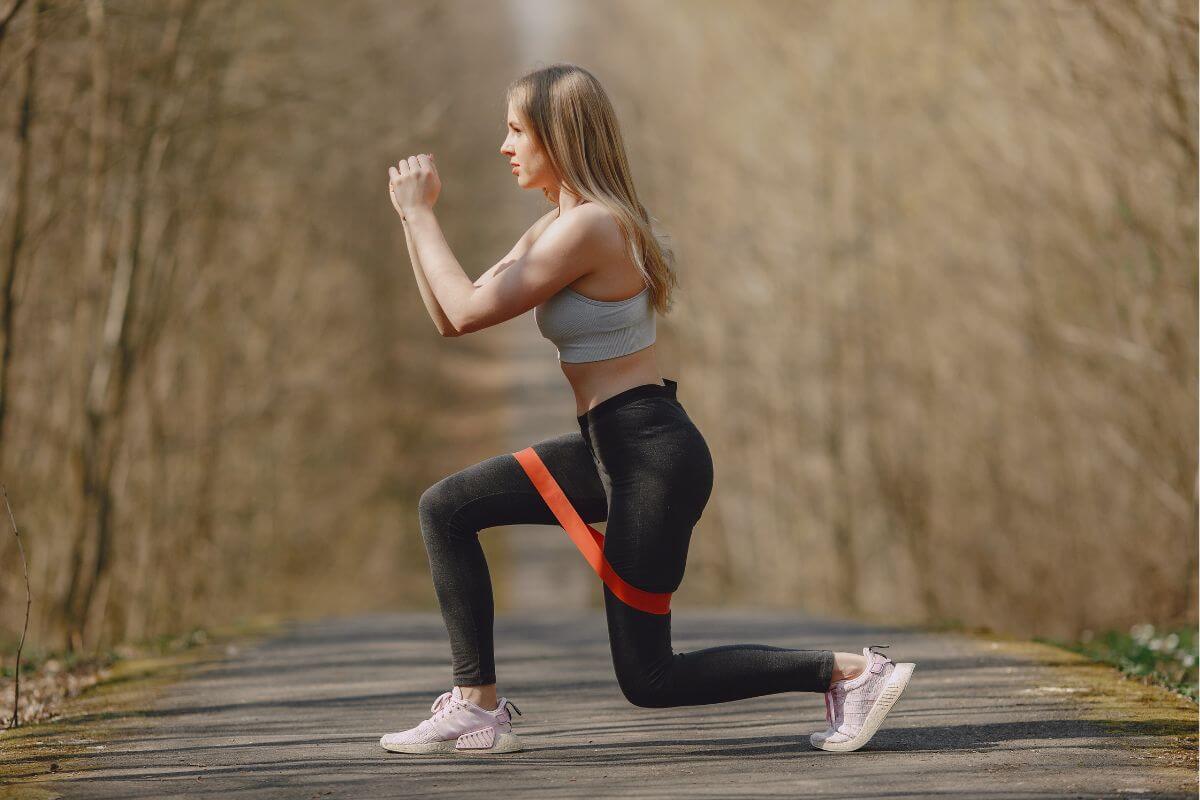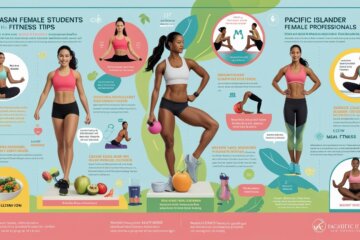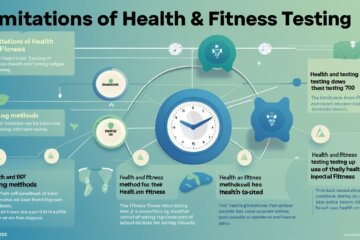Exercise refers to structured, planned physical activities. Physical activity includes all movements that burn calories, while fitness indicates overall health and physical condition.
Many people confuse exercise, physical activity, and fitness, but they are distinct concepts. Exercise involves planned activities like running or weightlifting. Physical activity encompasses all movements, including walking or household chores. Fitness is the result of regular physical activity and exercise, reflecting overall health and endurance.
Understanding these differences helps in setting clear health and wellness goals. Regular exercise and physical activity contribute to improved fitness, enhancing quality of life. Emphasizing all three aspects ensures a balanced approach to health. Prioritize each for comprehensive well-being.
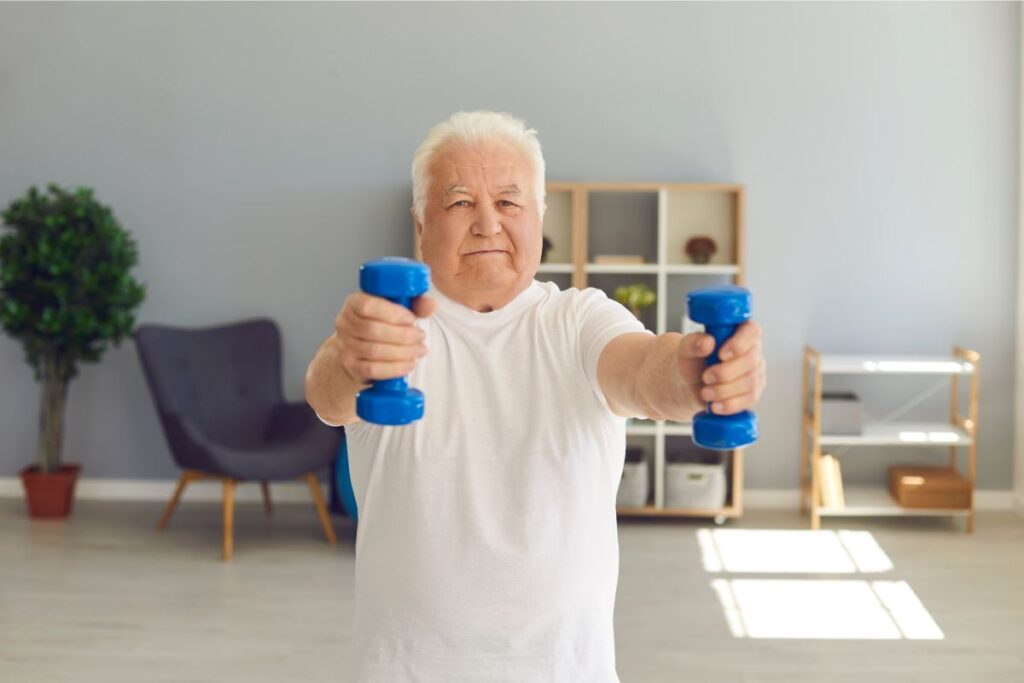
Exercise Vs. Physical Activity
Understanding the difference between exercise and physical activity is key to maintaining a healthy lifestyle. Both terms are often used interchangeably, but they have distinct meanings.
Defining Exercise
Exercise refers to planned, structured, and repetitive activities. The goal is to improve or maintain physical fitness. Examples include:
- Running
- Swimming
- Weightlifting
- Yoga
Exercise is usually done with a purpose. It aims to enhance specific aspects of fitness, such as strength or endurance.
Physical Activity Explained
Physical activity encompasses any movement that requires energy. It includes all kinds of activities, not just exercise. Everyday activities count as physical activity, such as:
- Walking the dog
- Gardening
- Cleaning the house
- Playing with children
Physical activity is broader than exercise. It includes any movement that burns calories.
| Aspect | Exercise | Physical Activity |
|---|---|---|
| Definition | Planned and structured activities | All movements that require energy |
| Examples | Running, swimming, weightlifting | Walking, gardening, cleaning |
| Goal | Improve physical fitness | General energy expenditure |
Both exercise and physical activity are important. They contribute to overall health and well-being. Knowing the difference helps you make better lifestyle choices.
Types Of Exercise
Understanding the different types of exercise can help you make a balanced fitness plan. Each type of exercise offers unique benefits. Including a mix of exercises ensures a well-rounded routine.
Aerobic Activities
Aerobic exercises, also known as cardio workouts, increase your heart rate. They improve your stamina and overall cardiovascular health. Examples include:
- Running
- Swimming
- Cycling
- Brisk walking
These activities help you burn calories and lose weight. Aim for at least 150 minutes of moderate aerobic exercise weekly.
Strength Training
Strength training, also called resistance exercise, builds muscle mass and strength. It involves using weights or resistance bands. Common strength training exercises include:
- Weightlifting
- Push-ups
- Squats
- Deadlifts
Strength training helps improve bone density and boosts metabolism. Try to engage in strength training exercises at least two days a week.
Flexibility Workouts
Flexibility exercises improve your range of motion. They reduce the risk of injuries and improve posture. Common flexibility workouts include:
- Yoga
- Pilates
- Stretching routines
These exercises keep your muscles long and supple. Aim to incorporate flexibility workouts into your routine at least three times a week.
Balance Exercises
Balance exercises help prevent falls and improve coordination. They are especially important for older adults. Examples of balance exercises include:
- Standing on one leg
- Heel-to-toe walk
- Balance board exercises
Incorporating balance exercises into your routine can enhance your overall stability. Practice balance exercises at least two to three times a week.
Physical Activity In Daily Life
Physical activity is an essential part of our daily lives. It includes all movements that burn calories and keep us active. From household chores to active transportation, these activities enhance our overall well-being. Below, we explore different forms of daily physical activity.
Household Chores
Household chores are a great way to stay active. Activities like sweeping, mopping, and gardening engage multiple muscle groups. These chores not only keep your home clean but also help you stay fit.
- Sweeping and mopping: These tasks work your arms, legs, and core muscles.
- Gardening: Digging, planting, and weeding provide a full-body workout.
- Laundry: Carrying and folding clothes also burn calories and build strength.
Active Transportation
Active transportation is another excellent way to incorporate physical activity. It includes walking, cycling, and even using public transport. These modes of travel promote cardiovascular health and reduce stress.
- Walking: Walking to nearby places is easy and effective for staying active.
- Cycling: Riding a bike helps improve endurance and muscle strength.
- Public transport: Walking to and from bus stops or train stations adds extra steps to your day.
Recreational Pursuits
Recreational activities make physical activity enjoyable and engaging. Hobbies like dancing, hiking, and playing sports are fun ways to stay active. These pursuits offer both physical and mental health benefits.
- Dancing: Dancing is a fun way to burn calories and improve coordination.
- Hiking: Exploring nature trails builds stamina and strength.
- Playing sports: Engaging in sports like soccer or basketball enhances teamwork and fitness.
Fitness: The Ultimate Goal
Fitness is more than just a buzzword. It represents the ultimate goal of physical well-being. Achieving fitness means your body functions efficiently in every aspect of life. This includes daily tasks, recreational activities, and unexpected challenges.
To understand fitness, it’s important to know its components. These components help in measuring and improving fitness levels.
Components Of Fitness
Fitness has several key components. These components cover different aspects of physical health.
- Cardiorespiratory Endurance: The ability of your heart and lungs to deliver oxygen to your body during activities.
- Muscular Strength: The amount of force your muscles can produce.
- Muscular Endurance: The ability of your muscles to perform repeated actions without getting tired.
- Flexibility: The range of motion available at your joints.
- Body Composition: The ratio of fat to lean mass in your body.
Measuring Fitness Levels
Measuring fitness levels helps track progress and set goals. Different tests and tools assess various components of fitness.
| Fitness Component | Test | Tool |
|---|---|---|
| Cardiorespiratory Endurance | VO2 Max Test | Treadmill or Cycle Ergometer |
| Muscular Strength | One-Rep Max Test | Weights |
| Muscular Endurance | Push-Up Test | Stopwatch |
| Flexibility | Sit-and-Reach Test | Measuring Tape |
| Body Composition | Skinfold Measurement | Calipers |
Regular assessment helps in making informed decisions about training and lifestyle changes. This ensures continued improvement and helps in reaching the ultimate goal of fitness.
Exercise And Fitness Connection
Understanding the relationship between exercise and fitness is vital for a healthy lifestyle. Exercise is a structured activity aimed at improving fitness. Fitness refers to the ability to perform physical activities effectively and efficiently.
Structured Exercise For Fitness
Structured exercise involves planned, repetitive physical activities. These activities target specific fitness goals. Examples include strength training, aerobics, and yoga. Structured exercise helps you build endurance, strength, and flexibility.
Regularly engaging in structured exercise routines enhances overall fitness. You can track progress and achieve fitness milestones. Structured exercise provides a clear path to improved health.
Progressive Overload Principle
The Progressive Overload Principle is key to improving fitness. It involves gradually increasing the intensity of workouts. This principle ensures continuous improvement and adaptation.
| Component | Description |
|---|---|
| Frequency | How often you exercise |
| Intensity | How hard you exercise |
| Time | How long you exercise |
| Type | What kind of exercise you do |
Progressive overload can be applied by increasing weights, repetitions, or workout duration. It is essential for muscle growth and cardiovascular improvement.
Remember, incremental changes lead to significant fitness gains. Consistency is the key to success.
- Start with manageable levels
- Gradually increase intensity
- Monitor your progress
Using the Progressive Overload Principle, you can achieve better fitness levels. It ensures your body adapts and grows stronger over time.
Benefits Of Regular Exercise
Engaging in regular exercise offers numerous benefits for your overall well-being. It enhances your physical health, mental clarity, and longevity. Below, we explore the various advantages of consistent exercise.
Health And Wellness
Regular exercise strengthens your heart and improves circulation. This helps reduce the risk of heart disease. It also helps manage weight, which can prevent obesity-related illnesses. Regular physical activity also boosts your immune system, making you less prone to infections.
Exercise increases your energy levels and improves muscle strength. This makes daily activities easier. It also improves flexibility and balance, reducing the risk of falls and injuries.
Mental Health Improvements
Exercise releases endorphins, which are chemicals in your brain that make you feel happy. This can help reduce feelings of depression and anxiety. Regular exercise also helps improve your sleep quality. Better sleep leads to better mental clarity during the day.
Physical activity can also boost your self-esteem. Achieving fitness goals can make you feel proud and accomplished. Exercise provides a healthy outlet for stress and frustration.
Longevity And Aging
Engaging in regular exercise can help you live longer. It helps maintain healthy bones, muscles, and joints. This can delay the onset of age-related diseases.
Staying active can also help you stay independent as you age. It enables you to perform daily tasks without assistance. Regular exercise can also improve your quality of life as you grow older.
| Benefits | Details |
|---|---|
| Cardiovascular Health | Reduces risk of heart disease |
| Weight Management | Prevents obesity-related illnesses |
| Mental Clarity | Improves sleep quality and reduces stress |
| Longevity | Delays age-related diseases |
- Boosts immune system
- Increases energy levels
- Improves flexibility and balance
Incorporating Physical Activity For Overall Fitness
Incorporating physical activity into your daily routine is essential for achieving overall fitness. It helps in improving cardiovascular health, building muscle strength, and enhancing flexibility. Regular physical activity also boosts mental well-being and reduces the risk of chronic diseases. Let’s explore how you can include physical activity effectively in your daily life.
Creating A Balanced Routine
A balanced routine is crucial for overall fitness. It ensures that all aspects of physical health are addressed. Below are key components of a balanced fitness routine:
- Cardiovascular Exercise: Activities like jogging, cycling, and swimming improve heart health.
- Strength Training: Lifting weights or using resistance bands builds muscle strength.
- Flexibility Exercises: Yoga and stretching enhance flexibility and reduce injury risk.
- Balance Exercises: Activities like tai chi improve stability and prevent falls.
By including these components, you ensure a holistic approach to fitness. Aim for at least 150 minutes of moderate aerobic activity or 75 minutes of vigorous activity weekly. Strength training should be done at least twice a week.
Overcoming Sedentary Lifestyle
A sedentary lifestyle can lead to numerous health issues, including obesity and cardiovascular diseases. Here are some tips to overcome it:
- Set Small Goals: Start with short, manageable activities like a 10-minute walk.
- Use Technology: Fitness trackers and apps can help monitor and motivate you.
- Take Breaks: Stand up and stretch every hour if you have a desk job.
- Find a Buddy: Exercise with a friend to stay motivated and accountable.
- Be Consistent: Make physical activity a daily habit for lasting benefits.
Incorporating these strategies can help you break free from a sedentary lifestyle. Gradually increase the intensity and duration of your activities. Remember, consistency is key to achieving and maintaining overall fitness.
| Activity Type | Examples | Frequency |
|---|---|---|
| Cardiovascular | Running, Cycling | 150 minutes/week |
| Strength Training | Weight Lifting | 2 times/week |
| Flexibility | Yoga, Stretching | Daily |
| Balance | Tai Chi | 3 times/week |
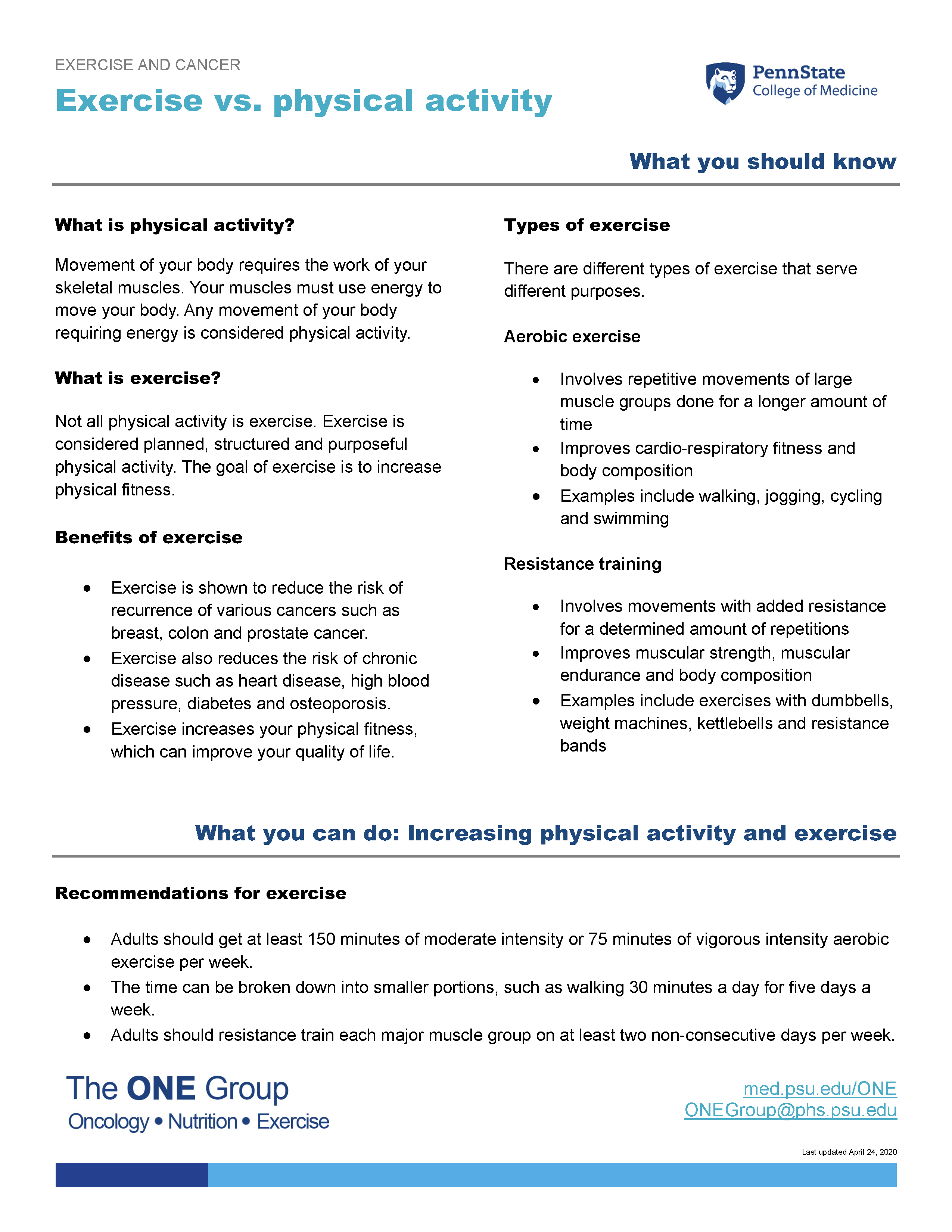
Credit: research.med.psu.edu
Monitoring Progress And Adaptation
Tracking your fitness journey is essential. It helps you understand your progress and adapt your routine. Consistent monitoring ensures you reach your fitness goals effectively.
Tracking Exercise And Activity
Keeping track of your exercise and physical activity is vital. Use a fitness tracker or a simple notebook to log your workouts. Record the type of exercise, duration, and intensity. This helps you see patterns and identify areas for improvement.
| Type of Exercise | Duration | Intensity |
|---|---|---|
| Running | 30 minutes | High |
| Yoga | 45 minutes | Medium |
| Strength Training | 60 minutes | High |
Adjusting For Plateaus And Advances
Sometimes, your progress may stall. This is called a plateau. To overcome plateaus, change your routine. Try new exercises or increase the intensity. If you advance quickly, make your workouts harder to keep improving.
- Increase weight: Add more weight to strength exercises.
- Change routine: Try new exercises to challenge your body.
- Increase duration: Extend your workout time gradually.
Regularly review and adjust your fitness plan. This ensures continuous progress and prevents boredom. Keep challenging yourself to reach new fitness levels.
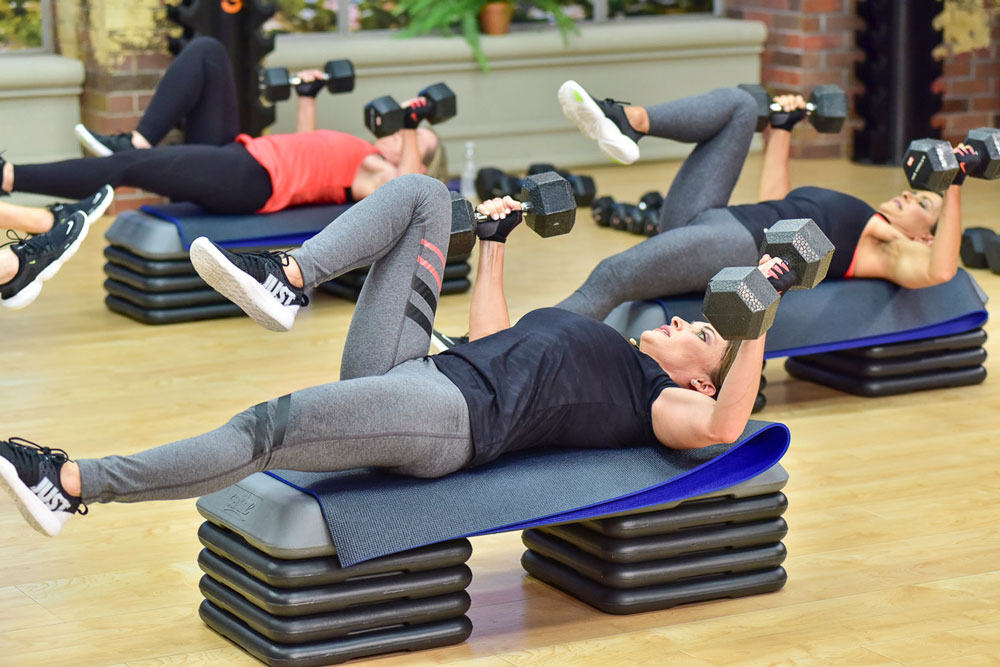
Credit: cathe.com
Frequently Asked Questions
What Is The Difference Between Physical Activity And Physical Fitness Quizlet?
Physical activity involves any movement that burns calories. Physical fitness refers to the ability to perform physical tasks effectively.
What Is The Difference Between Physical Fitness And Physical Training?
Physical fitness refers to the overall health and well-being of the body. Physical training involves specific exercises to improve fitness levels.
What Is The Relationship Between Physical Activity And Physical Fitness?
Physical activity improves physical fitness by enhancing strength, endurance, and flexibility. Regular exercise boosts overall health and well-being.
What Is The Definition Of Physical Fitness?
Physical fitness is the ability to perform daily tasks with vigor and without undue fatigue. It includes cardiovascular endurance, muscle strength, flexibility, and body composition. Regular exercise and balanced nutrition are key to maintaining physical fitness.
Conclusion
Understanding the differences between exercise, physical activity, and fitness is crucial. Exercise refers to structured activities. Physical activity includes any movement. Fitness is the overall health outcome. Incorporate all three for a balanced and healthy lifestyle. Stay active, exercise regularly, and aim for overall fitness to enhance your well-being.

“As the voice behind Radiant Glow Health, we are dedicated to being your ultimate wellness and vitality companion. Our mission is to inspire and guide you on your journey to a healthier and more vibrant life. Join us as we explore holistic health practices and empower you to radiate wellness from within.”
